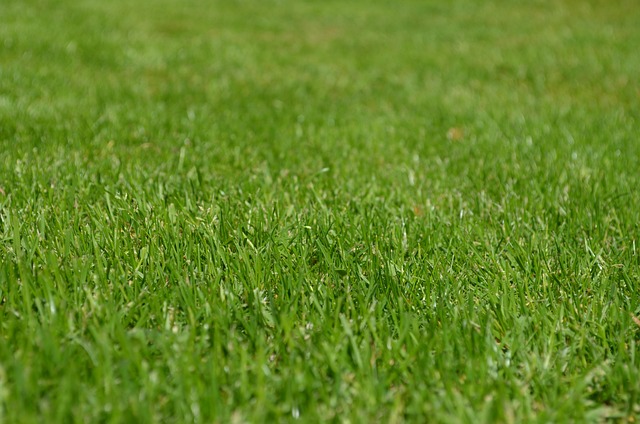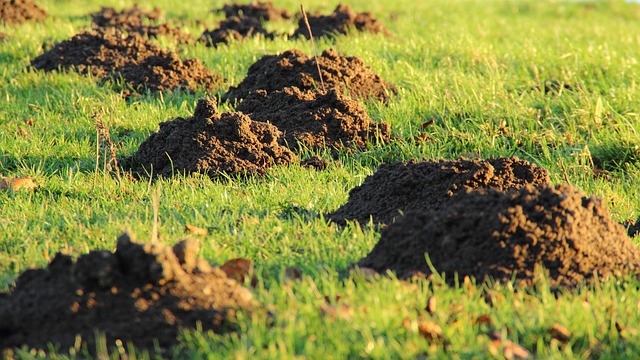Effective Lawn Care and Landscaping hinges on understanding grass water needs, using moisture sensors, and choosing suitable irrigation systems (sprinklers or drip) tailored to your lawn's topography. Precise installation of these systems, with emitters/sprinkler heads placed for optimal water distribution, ensures efficient hydration, robust root growth, and conservation in various climates.
Looking to transform your lawn from parched to pristine? Consider an irrigation system—a game-changer for lawn care and landscaping. This comprehensive guide dives into the essentials of efficient watering, exploring types that suit various landscapes and offering a step-by-step installation process. Discover how to optimize your outdoor space with targeted, sustainable irrigation, ensuring your lawn thrives year-round.
- Understanding Your Lawn's Water Needs: A Comprehensive Guide
- Types of Irrigation Systems: Which One is Right for Your Landscaping?
- Installation Process: Step-by-Step Tips for a Successful and Efficient Irrigation System
Understanding Your Lawn's Water Needs: A Comprehensive Guide

Understanding your lawn’s water needs is a crucial step in effective lawn care and landscaping. Different grasses have varying requirements, and knowing when and how much to water ensures a lush, healthy green space. Factors like soil type, climate, and grass species play significant roles in determining irrigation schedules. For instance, warm-season grasses like Bermuda or Zoysia require less frequent but deeper watering during hot, dry periods, while cool-season varieties such as Kentucky Bluegrass thrive with more frequent but lighter applications of water.
Regular monitoring is key to mastering lawn hydration. Simple tools like moisture sensors and weather apps can provide valuable data on soil moisture levels and precipitation forecasts. This information allows you to adjust irrigation schedules accordingly, preventing overwatering or underwatering. Proper watering practices not only conserve water resources but also promote a robust root system, making your lawn more resilient and better equipped to withstand environmental stresses.
Types of Irrigation Systems: Which One is Right for Your Landscaping?

When it comes to irrigation systems, there are several options available that cater to different needs and preferences in lawn care and landscaping. Understanding these types is crucial for selecting the most efficient and suitable system for your outdoor space. Two primary categories are sprinkler systems and drip irrigation.
Sprinkler systems, a popular choice for many, offer thorough and uniform water distribution across large areas. These systems typically consist of pipes buried beneath the surface, with sprinklers strategically placed to spray water directly onto the plants. This method is ideal for extensive lawns or gardens as it ensures every inch receives adequate moisture. On the other hand, drip irrigation provides a more precise approach by delivering water directly to the plant roots through small tubes or emitters. It’s particularly effective for saving water since it minimizes evaporation and allows for targeted watering, making it a preferred choice in regions facing water scarcity.
Installation Process: Step-by-Step Tips for a Successful and Efficient Irrigation System

The installation process for an irrigation system is a crucial step in achieving efficient lawn care and landscaping. Here’s a breakdown of essential steps to ensure a successful setup:
1. Plan and Design: Begin by assessing your lawn’s needs and topography. Identify areas requiring more water, consider the size and shape of your property, and plan the system’s layout. This step involves deciding on the type of irrigation (drip, sprinkler, or micro-sprinkler) best suited to your landscape and budget.
2. Prepare the Ground: Once you have a design in place, clear the ground of any obstacles like rocks or plants. Dig trenches or install pipes according to your plan, ensuring they are at the correct depth for optimal water distribution. For drip systems, emitters should be placed every 12-18 inches along the planned routes. Sprinkler heads need to be positioned strategically to cover the entire area without overlap or gaps.
Irrigation system installation can greatly enhance your lawn care and landscaping efforts, ensuring your grass stays lush and vibrant year-round. By understanding your lawn’s water needs and selecting the right irrigation system for your unique landscape, you can achieve efficient water distribution and significant savings on your water bills. Following the step-by-step installation guide ensures a successful setup, allowing you to focus on enjoying your well-maintained outdoor space.



